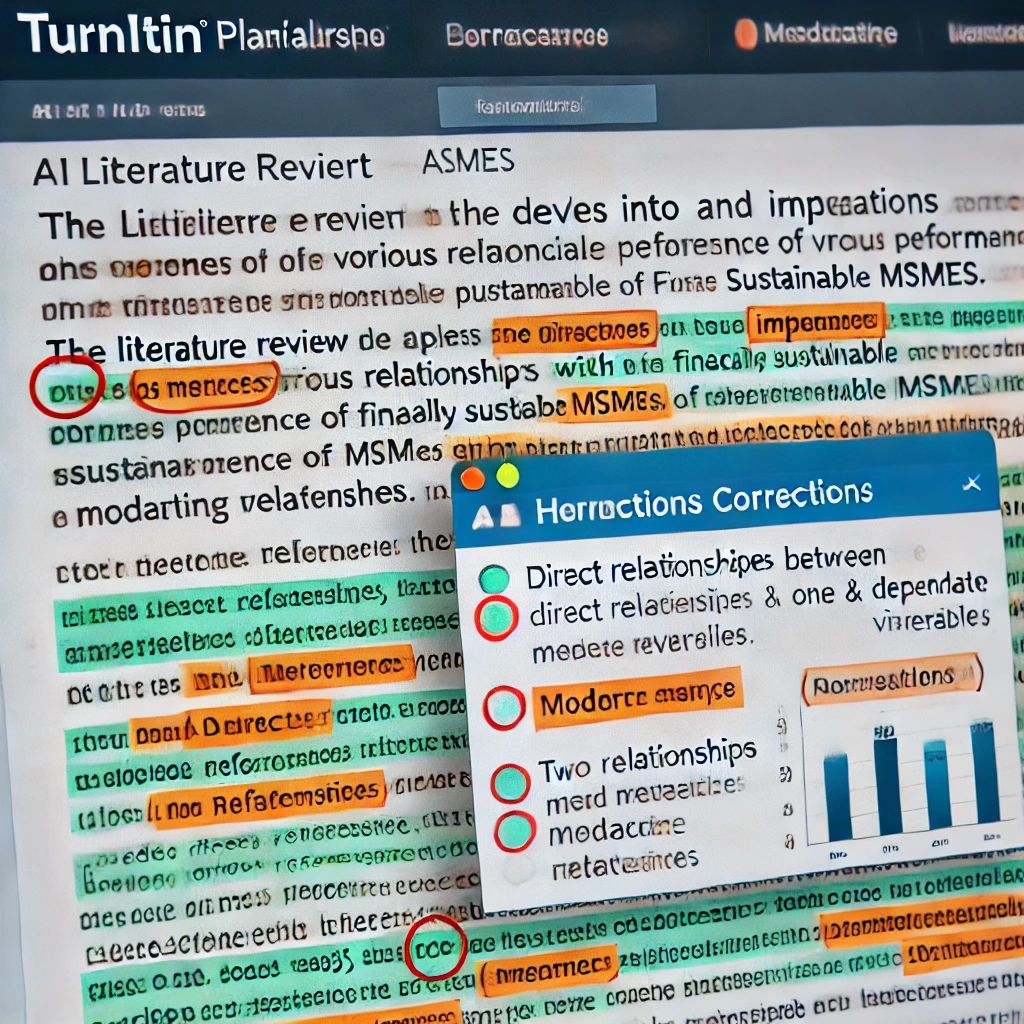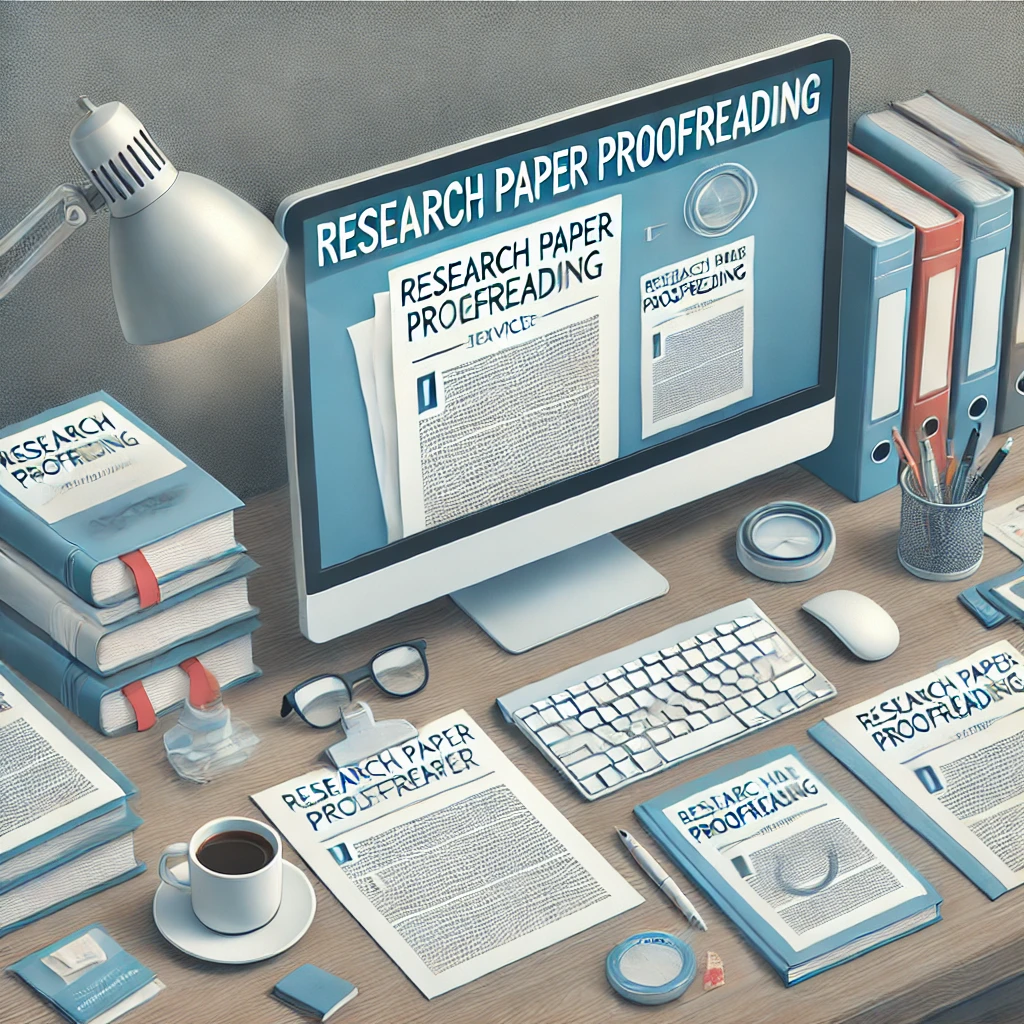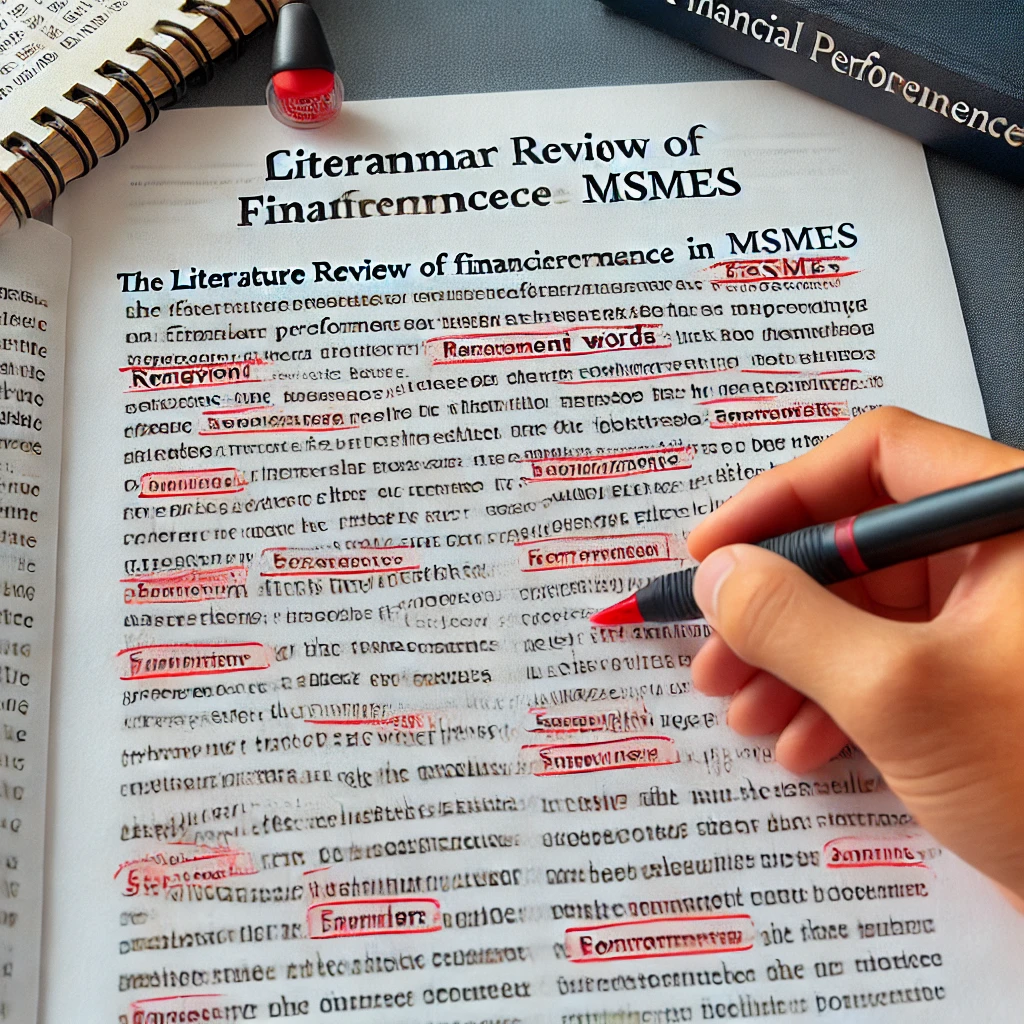Proposed Manuscript Preparation for Research Stars Publications
Authors are STRONGLY advised to prepare the manuscript as per the following guidelines otherwise it will return to you further Modification. Various headings and subheading of the study can be decided by authors. Here we present one sample style. Your headings may be different depending on the nature of the study.
As per new guidelines in APA 7th edition writing Language should be inclusive and bias-free such as gender, age, disability, racial and ethnic identity, and sexual orientation, as well as being sensitive to labels and describing individuals at the appropriate level of specificity.
Order of Pages
Papers generally include a title page, text, and references. They may include additional elements such as tables and figures depending on the assignment. Student papers generally do not include an abstract unless requested.
Arrange the pages of paper in the following order: title
- title page
- Author(s)
- Keywords
- abstract
- Introduction
- Literature Review
- Methodology
- Analysis of Data & Result/Findings
- Discussion & Conclusion
- Limitations
- Study Forward
- References
- tables
- figures
Title:
Title of the study should be written in 5 to 20 words. A title should be short, simple, easy to understand, and should be commonly searchable in Google. Don’t use a title that never comes in the mind of a reader. Center it and type it in bold font. Capitalize major words of the title.
TITLE OF STUDY [within 5 to 20 words]
[title should be short, simple, easy to understand, and should be commonly searchable in Google]
Article History: Received on ………………, Revised on…………., Published on……………………
Authors:
Not more than 5 authors. All authors have to mention the clear cut contribution in the article. Center author(s) names on their own line.
1*First Author, 2Author, 3Author, 4Author [Maximum 5 authors only]
1,2,3,4 Positions and affiliation of all the authors
*Corresponding author email:
Abstract:
It should be strictly written within 250 words under the following subheadings. So that article can be easily followed by readers. If abstract quality not satisfactory, it will be returned for revision at the first stage only.
Keywords:
5 to 6 very specific keywords should be given. Avoid big phrases. Google will never find your article. > = 50% key words from the title. Keywords should be commonly Google searchable terms.
Introduction:
This section should provide the background of the study in easy words. In this section, the author should discuss the research problem in very clear words.
Literature Review:
Research paper writing is one of the difficult tasks in a student’s life. Be it finance, marketing, history or any other research document, all require a great amount of literature review or background research data.
Methodology:
Analysis of Data & Result Discussion :
Presents the data, the facts – what you found, calculated, discovered, observed
Discussion & Conclusion:
Provide logical and scientific analysis of findings of the study. Present evidence to support your analysis by citing the work of earlier researchers or existing theories. [How your results agree to disagree with previous studies, and why]. 5 to 10 citations can be given to support arguments.
Limitations and Study Forward:
No study covers all aspect of the research problem. The author should discuss the limitations or gaps of this study. And also present future scope or plan of the study.
References:
List references in alphabetical order. Each listed reference should be cited in text, and each text citation should be listed in the References section. If DOI a reference is available that you used in the article reference. reference source is available URL, use this Surece, Reference list entries should be alphabetized by the last names of the first author of each work. Reference list entries should have a hanging indent of 0.5 in.
Offline Journal article
Harris, M., Karper, E., Stacks, G., Hoffman, D., De Niro, R., Cruz, P., et al. (2001). Writing labs and the Hollywood connection. Journal of Film Writing, 44(3), 213–245.
Online Journal article
Hughes, G., Desantis, A., & Waszak, F. (2013). Mechanisms of intentional binding and sensory attenuation: The role of temporal prediction, temporal control, identity prediction, and motor prediction. Psychological Bulletin, 139, 133–151. https://doi.org/10.18510/hssr.2020.8176 or https://www.XXXXXX.com/gp/book/9783319644097
Offline Book
Rogers, T. T., & McClelland, J. L. (2004). Semantic cognition: A parallel distributed processing approach. Cambridge, MA: MIT Press.
Online Book
Rogers, T. T., & McClelland, J. L. (2004). Semantic cognition: A parallel distributed processing approach. Cambridge, MA: MIT Press.
https://doi.org/10.18510/hssr.2020.8176 or https://www.XXXXXX.com/gp/book/9783319644097
Chapter in an Edited Book
Gill, M. J., & Sypher, B. D. (2009). Workplace incivility and organizational trust. In P. Lutgen-Sandvik & B. D. Sypher (Eds.), Destructive organizational communication: Processes, consequences, and constructive ways of organizing (pp. 53–73). New York, NY: Taylor & Francis.
Chapter in an Edited Book
Gill, M. J., & Sypher, B. D. (2009). Workplace incivility and organizational trust. In P. Lutgen-Sandvik & B. D. Sypher (Eds.), Destructive organizational communication: Processes, consequences, and constructive ways of organizing (pp. 53–73). New York, NY: Taylor & Francis. https://doi.org/10.18510/hssr.2020.8176 or https://www.XXXXXX.com/gp/book/9783319644097.
Websites
Lawson, J. F. (2019). The impacts of plastic on Indonesian migratory birds. Department of Conservation. https://www.doc.govt.nz/reports/birds/indonesiaplastic/
Offline Organization Reports
Ministry of Education. (2009). Research ethics in New Zealand: A student guide. https://doi.org/10.18510/hssr.2020.8176. or https://www.XXXXXX.com/gp/book/9783319644097.
Tables and figures:
Tables and figures are particularly valuable for conveying large amounts of information and for showing relationships among data. The expanding development of advanced tools for graphic display provides authors with greater flexibility and capability for illustrating their results. Such tools can convey information in visually engaging ways that facilitate the reader’s understanding of comparisons and evaluations of change over time. tables and figures: Table and figure numbers (in bold), titles (in italics), and notes should be flush left.
Use good quality image and give caption below the image Fig 1:………….
The caption for the table should be above the table. Table 1: …….
[Different table and figure can’t be used parallelly in MS word page, they must be sequential with proper table/figure name and number]
Fonts size permitted
- 12-point Times New Roman, 11-point Georgia, or normal (10-point) Computer Modern (the default font for LaTeX)
- Tables / figures: Within figure images, use a font with a Times New Roman size between 8 and 12 points. computer code: To present computer code, use a monospace font such as 10-point Lucida Console or 10-point Courier New.
Line Spacing
1.5 – space all parts of paper, including the abstract; text; block quotations; table and figure numbers, titles, and notes; and reference list (including between and within entries). Do not add extra space before or after paragraphs.
Exceptions to 1.5 line spacing are as follows:
Title Page: Insert a 1.5 blank line between the title and the byline on the title page. For professional papers, also include at least one 1.5blank line above the author note (student papers do not include author notes). Double-space the rest of the title page.
Tables: The table body (cells) may be single-spaced, one-and-a-half-spaced, or double-spaced, depending on which is the most effective layout for the information. Double-space the table number, title, and notes.
Figures: Words within the image part of a figure may be single-spaced, one-and-a-half-spaced, or double-spaced, depending on which is the most effective layout for the information. Double-space the figure number, title, and notes.
Footnotes: When inserting footnotes with the footnotes function of your word-processing program, use the default font settings (usually single-spaced and a slightly smaller font than the text).
Displayed Equations: It is permissible to apply triple- or quadruple-spacing in special circumstances, such as before and after a displayed equation.
Block quotations:
Indent a whole block quotation 0.5 in. from the left margin. If the block quotation spans more than one paragraph, the first line of the second and any subsequent paragraphs of the block quotation should be indented another 0.5 in., such that those first lines are indented a total of 1 in.
Acknowledgement:
The author should present a list of acknowledgement at the end.
Word Limit:
3000 – 8000 words with in the paper, excluding references.



